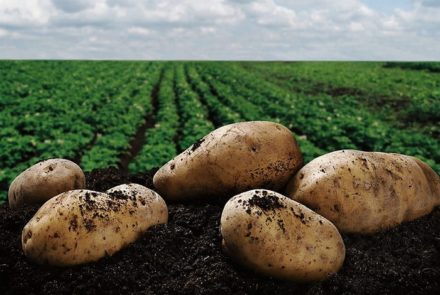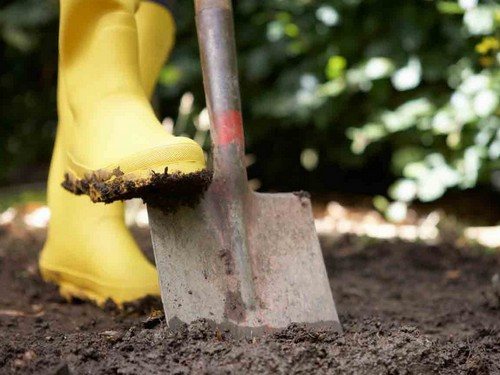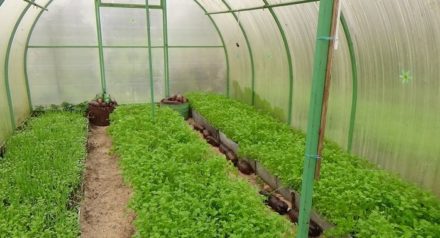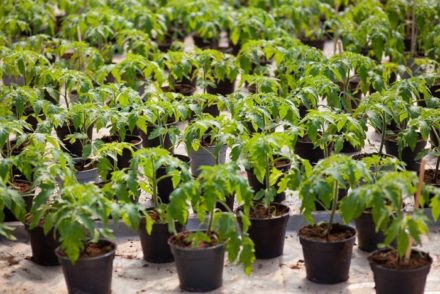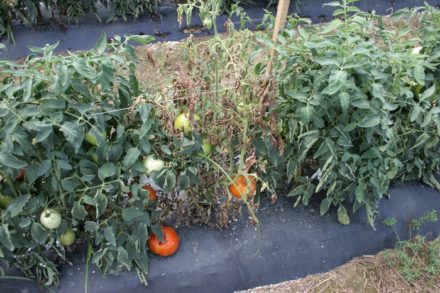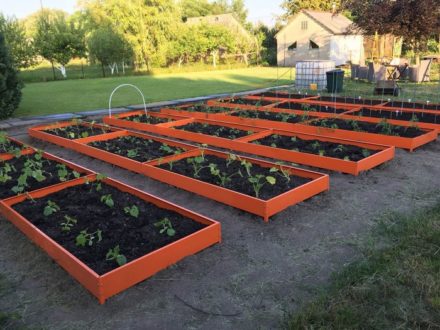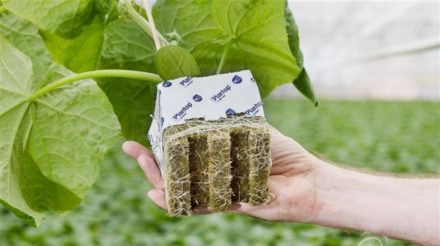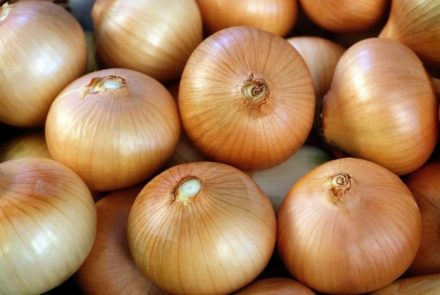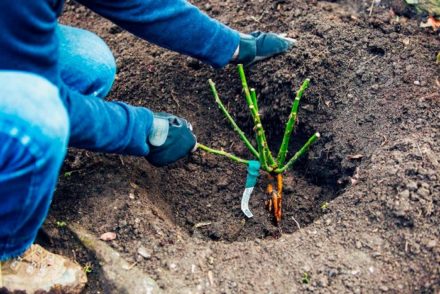After harvesting, work on the land continues. Autumn is the best time to tidy up soil depleted by plants. Restore the chemical balance of the earth, fill it with missing vitamins and minerals, improve the acid-base balance, and increase the nutritional value. It is necessary to dig up the soil and apply fertilizers before the winter cold, otherwise it will be difficult to do this later.
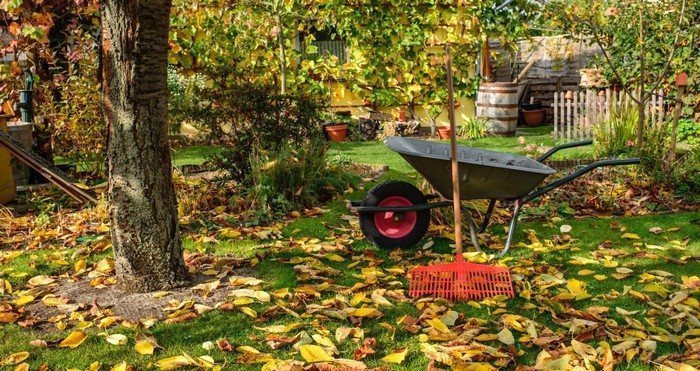
Autumn digging
Clayey and uncultivated soils are interested in this procedure. The digging depth is 15–20 cm. The resulting earth lumps are not loosened. Under the influence of moisture, they themselves will slowly blur and become enriched with oxygen. Chernozem and loose soils are dug up if manure is added to the digging. Otherwise, digging is not necessary.
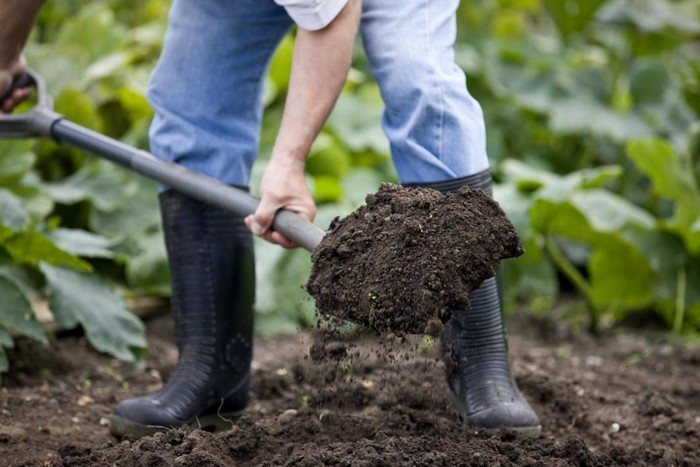
Fertilizers are applied during digging. Combined compositions of mineral fertilizers and organic matter are evenly distributed over the soil. Thanks to loosening, fertilizers enter the soil. This algorithm will saturate the soil with the necessary elements, which will subsequently affect the quality of the crop. If digging is not carried out, you cannot expect results from additives and mixtures.
Autumn fertilizers
Feeding is selected taking into account the plants growing on the site this year and planting plans for the next year. By following the rules of crop rotation, you can calculate how impoverished the soil is, what to add for digging, and what fertilizers to use are not rational.
Organic
Autumn feeding allows you to add fresh manure. Although this fertilizer makes sense when zucchini, pumpkin, and cucumber are planned to be planted on the site in the new season. In other cases, humus is introduced, since fresh organic matter is the enemy for root crops and nightshade crops.
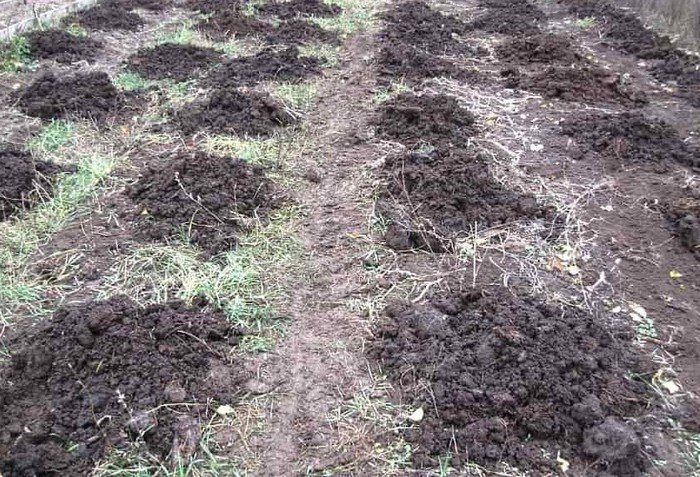
Feed with manure once every 3 years. For fertile soil, choose one of the types of rotted organic matter:
- mullein – 5 kg;
- horse manure – 3 kg;
- chicken – 1 kg.
The dosage is taken per 1 sq. m beds. On impoverished soil, the norms double. The proposed organic matter is equivalent to compost, which is taken at the rate of 5–6 kg per 1 sq. m. meter.
Mineral mixtures
Tuki are used in autumn feeding, which are washed out slowly and are retained in the soil until the beginning of spring. These are fertilizers containing phosphorus and potassium. With nitrogen-containing fertilizing, the area is dug up before winter frosts. This will allow you to save useful elements until spring.
Ammophos – nitrogen-potassium fertilizer
Used in areas where beets and potatoes are planned to be planted. Scatter 1-2 tbsp. l. (20–30 g) fertilizer per 1 sq. m of soil. The drug is good in regions with a dry climate. In the composition of ammophos, nitrogen accounts for an eighth part, and there is 4 times more phosphorus in it.
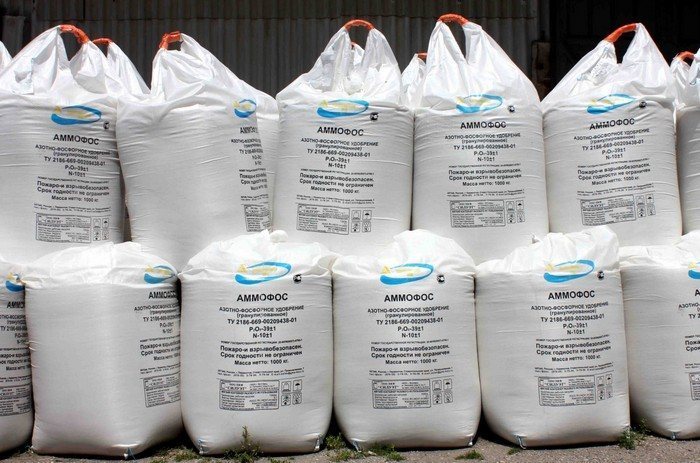
Phosphorus fertilizing
Universal fertilizer - superphosphate - suitable for any garden crops. For autumn digging, simple superphosphate is added. Depending on the fertility of the soil, scatter 2-3 tbsp. l. (30–50 g) fat per 1 sq. m.
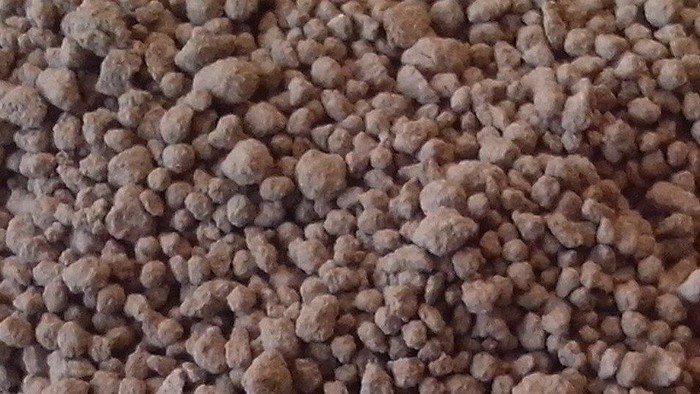
Potassium supplements
Potassium improves the taste of fruits and roots, so plants quickly absorb it, leaving the soil in a state of crisis. The deficiency is compensated by one of the following fats:
- potassium sulfate – 1 tbsp. l. with a slide (20–25 g);
- potassium salt – 1–2.5 tbsp. l. (20–40 g);
- potassium chloride – 2–4 tsp. (10–20 g).
The calculation is made for 1 sq. m. The last two fertilizers are rich in chlorine. Therefore, they are not welcome with cucumbers, garlic, onions, radishes, and nightshades. The beds with these crops are grown in small portions.
It is preferable to apply potassium salt to areas with carrots, beets, cabbage and celery. Calcium chloride is suitable for sunflowers and grain crops.
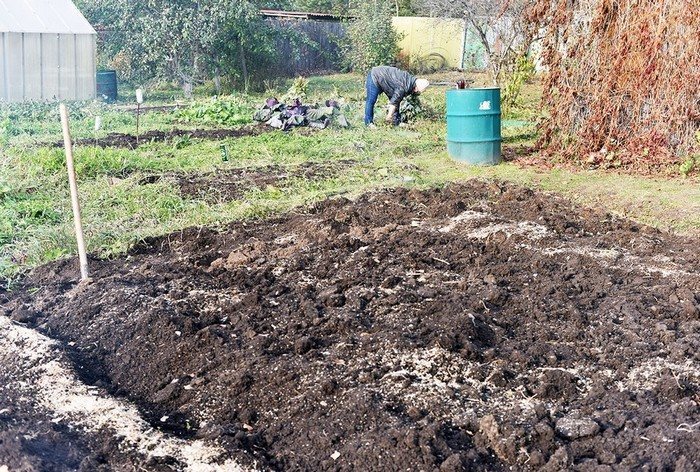
Potassium fertilizers acidify the soil, so 30 days before their use, wood ash or dolomite flour is usually added to the soil to reduce acidity.
Ash
This fertilizer will replace any potassium-phosphorus fertilizer at a rate of 5–10 cups per 1 square meter. m of soil.
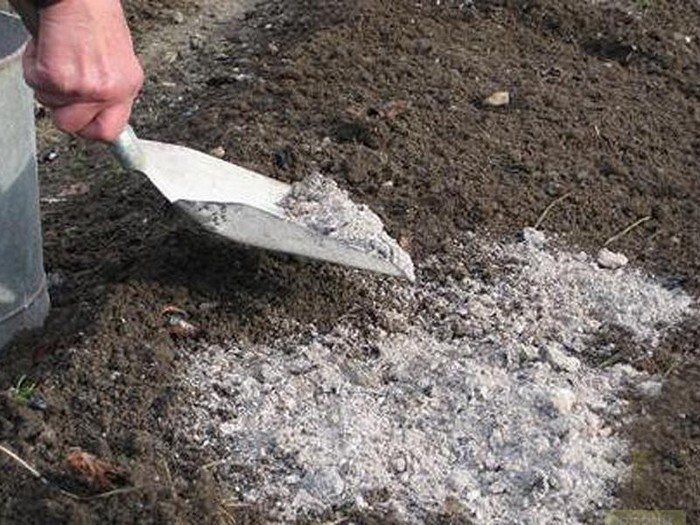
Green fertilizers
When the harvest is harvested, gardeners sow the plot with green manure. They plant mustard, oats, vetch, as well as flower plants: calendula, nasturtium and others.
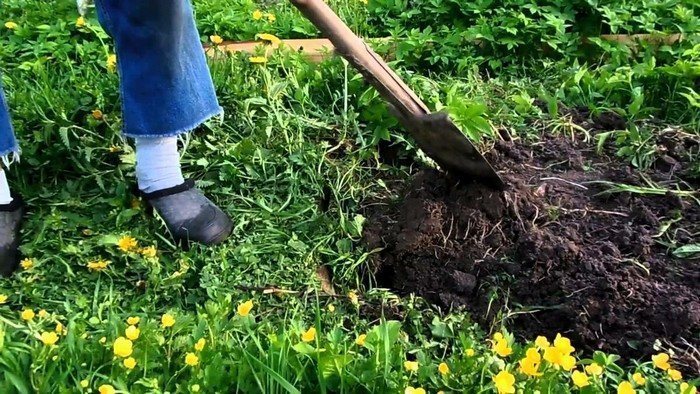
These crops grow quickly. In a short time, the earth is covered with a green mass of natural fertilizers. When digging the beds, the crops fall into the soil and serve as its nutritional basis.
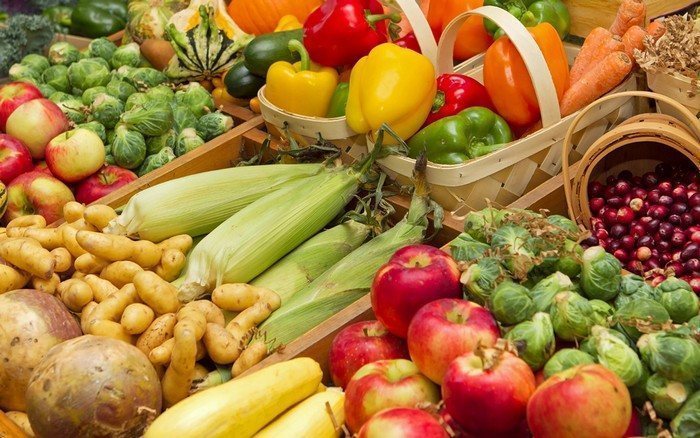
Applying fertilizers for digging into the ground is a painstaking and energy-consuming task. But without this necessary operation, it will not be possible to improve the soil, add fertility and nutritional value to it, and ultimately get a good harvest in the next season.


